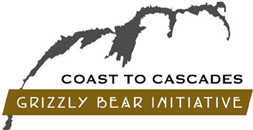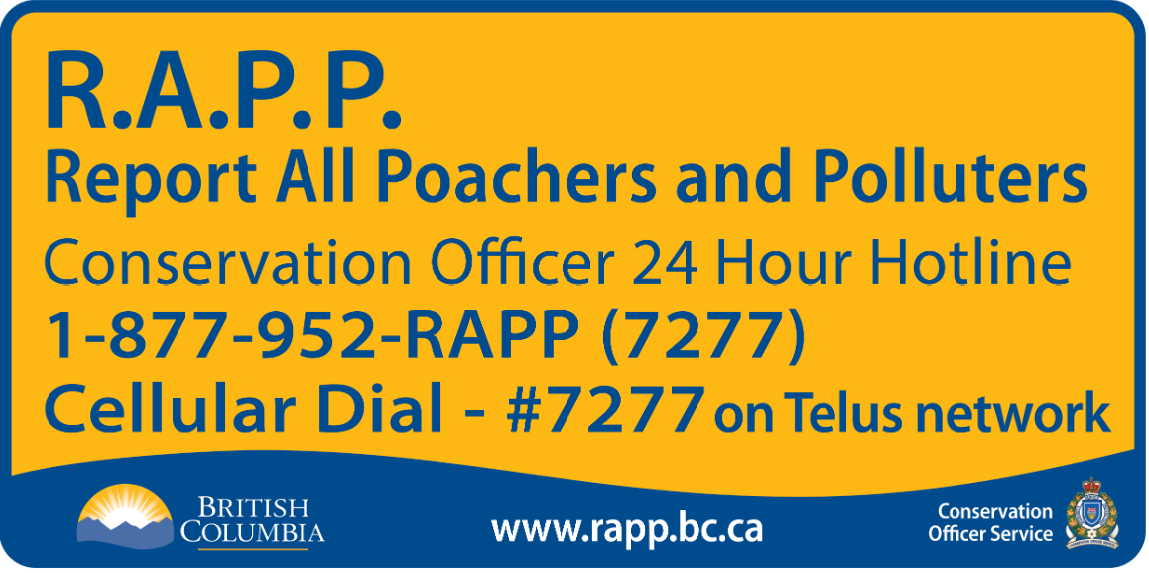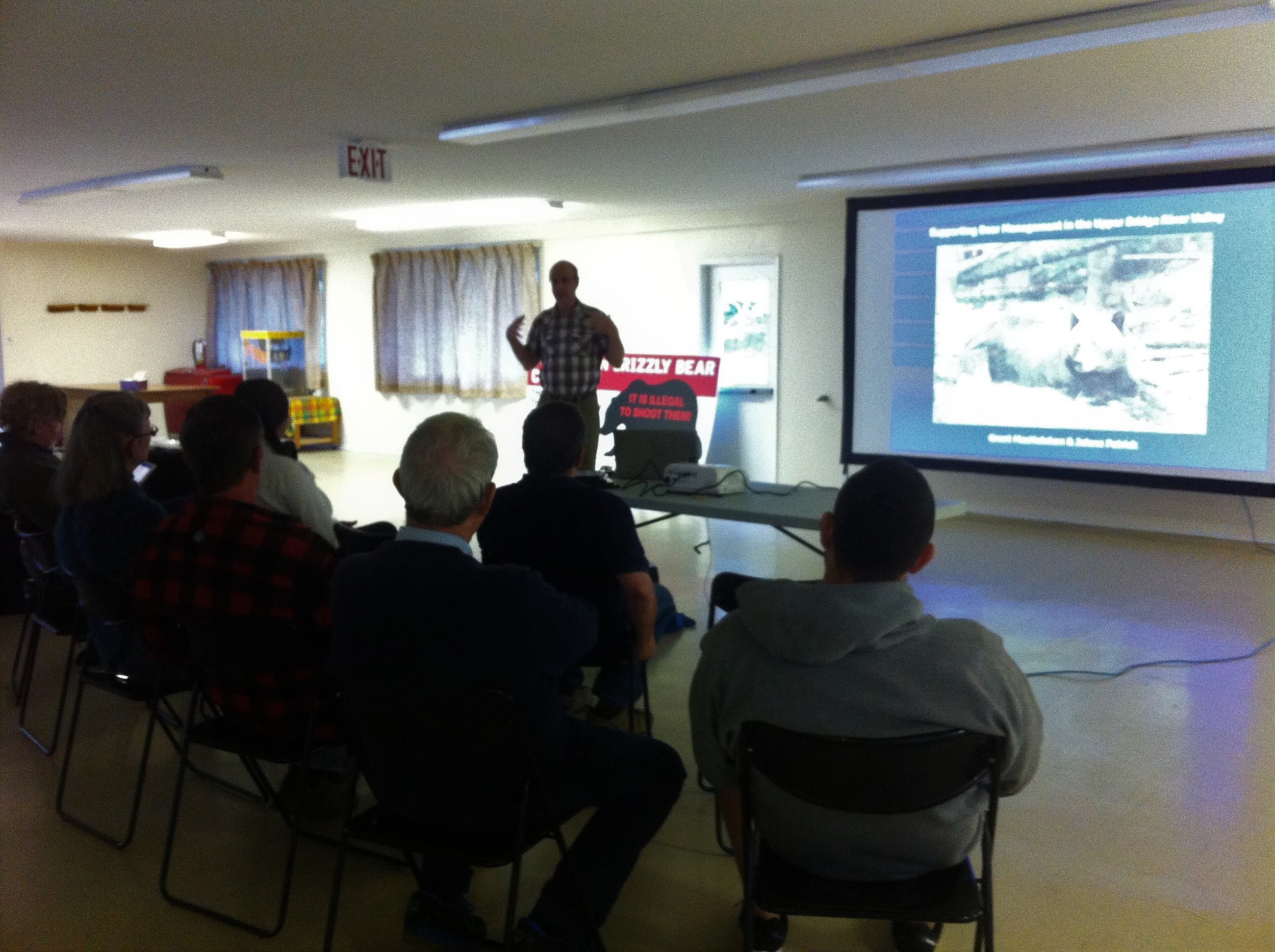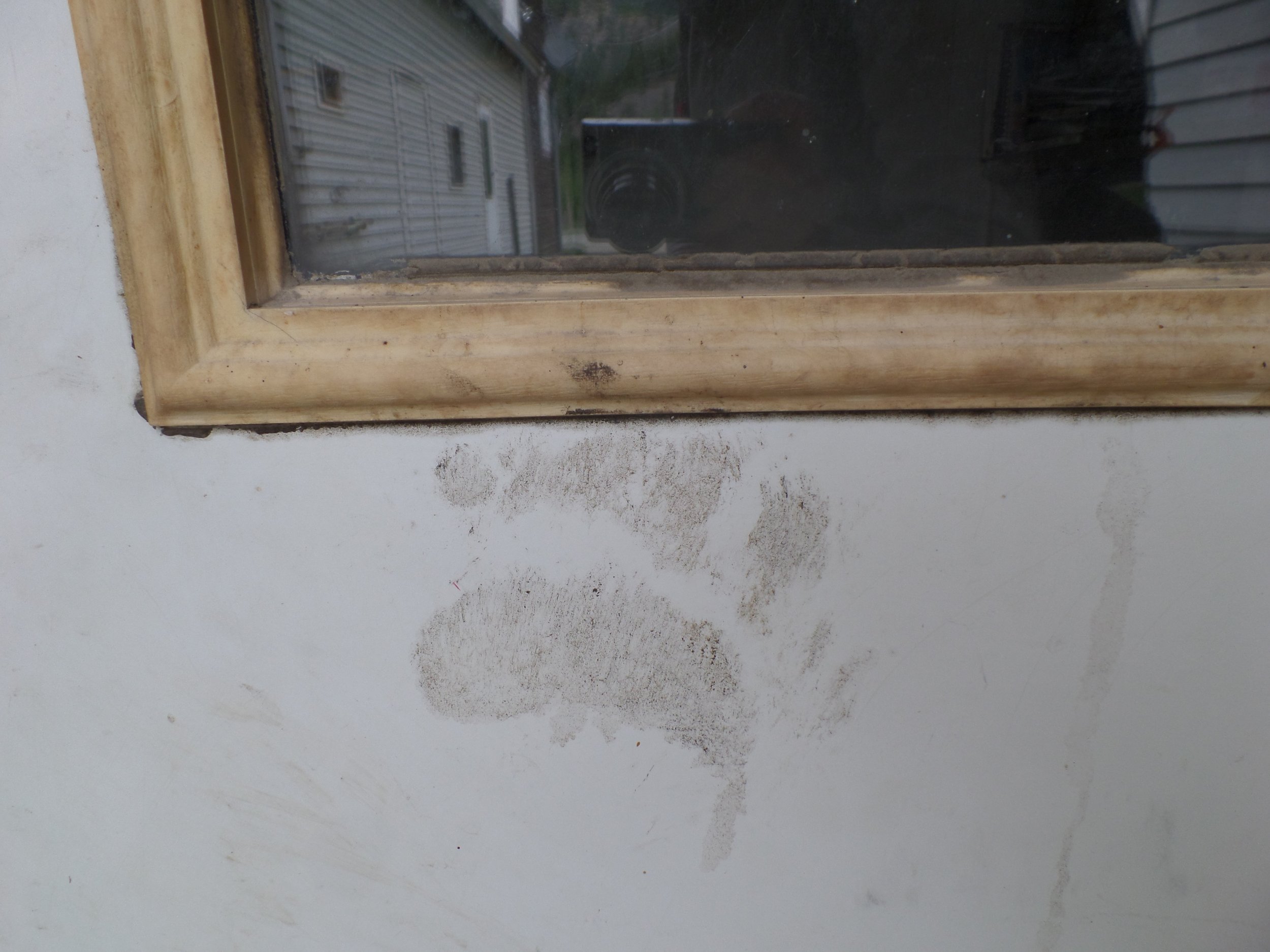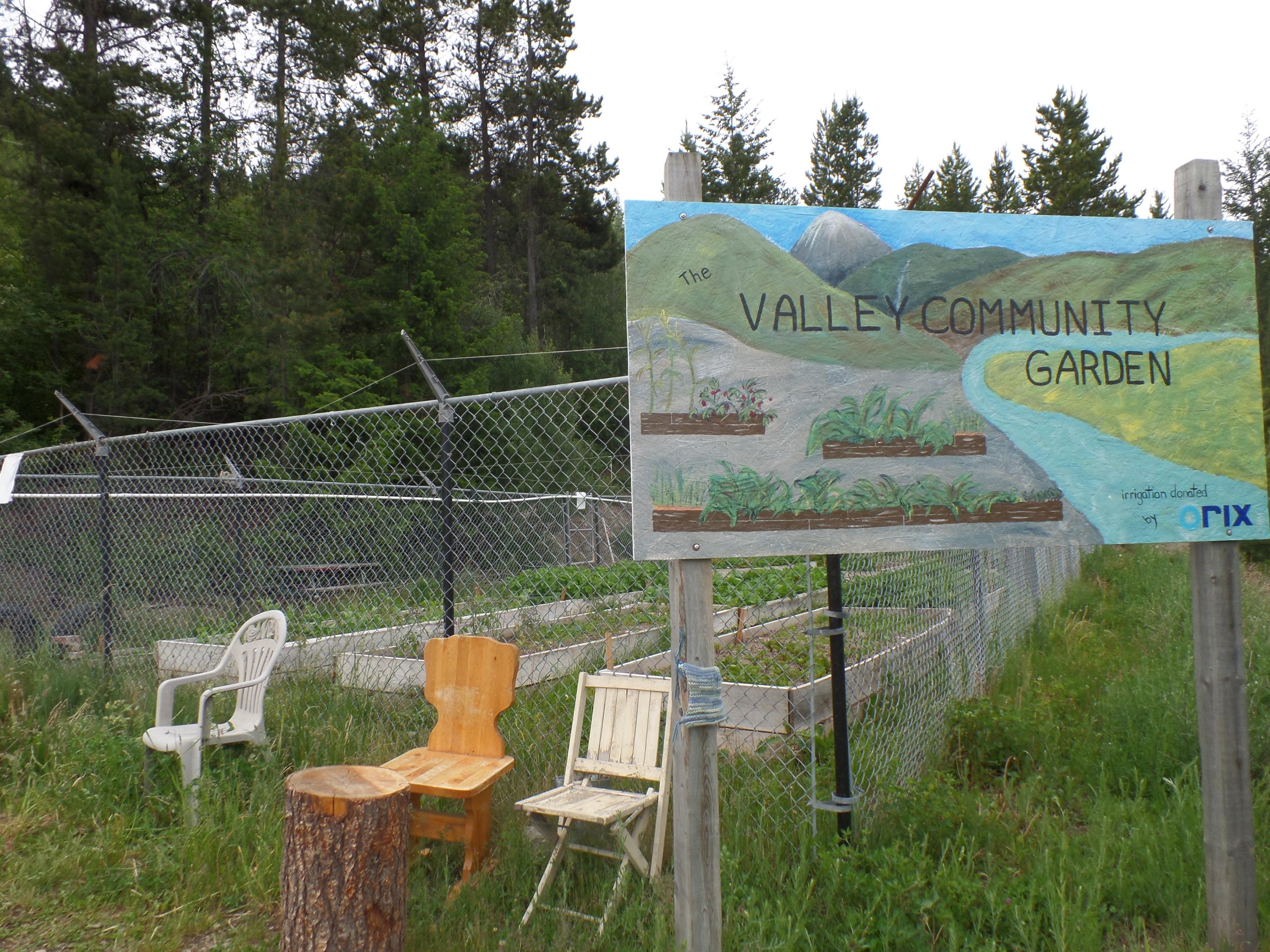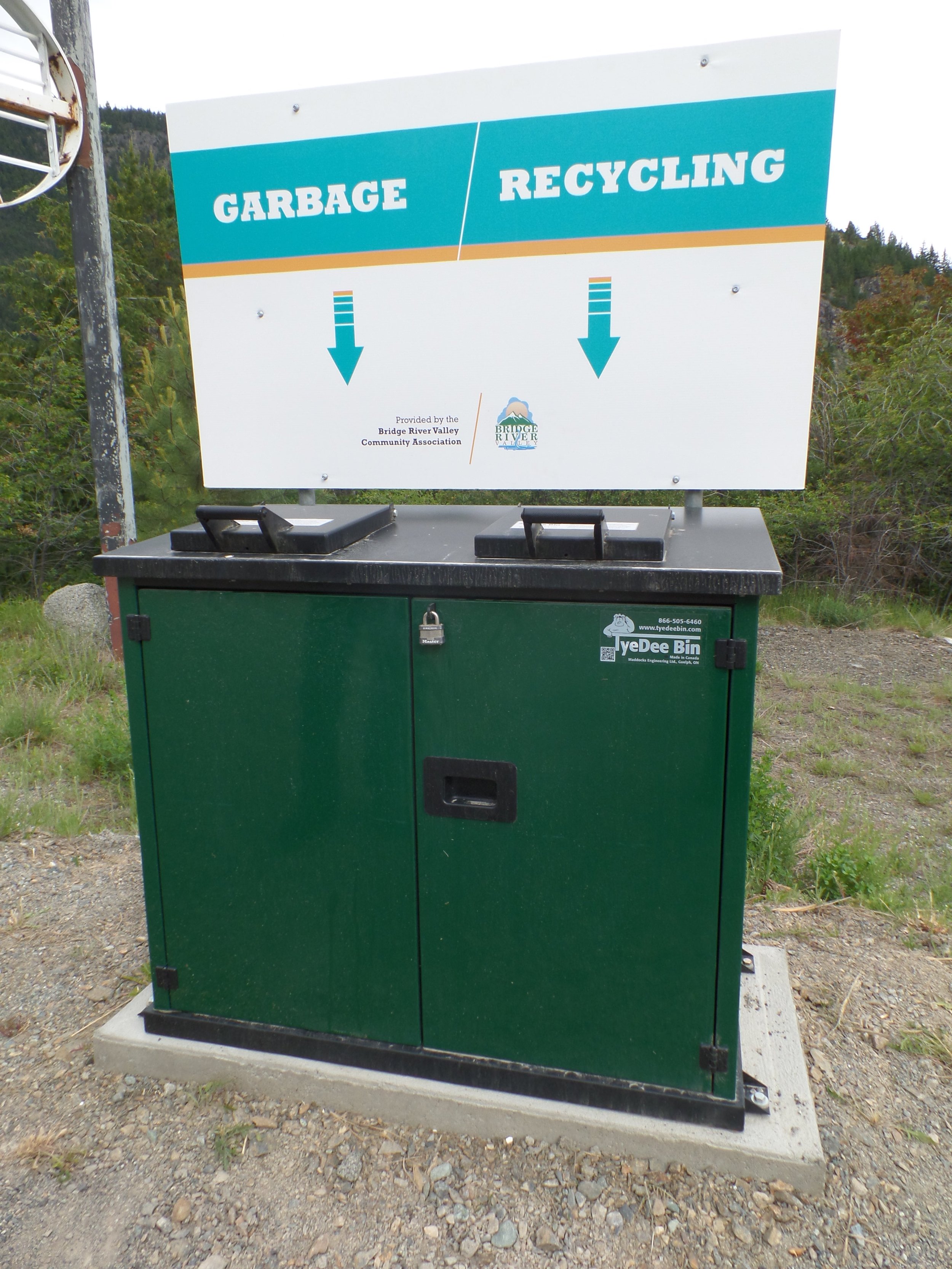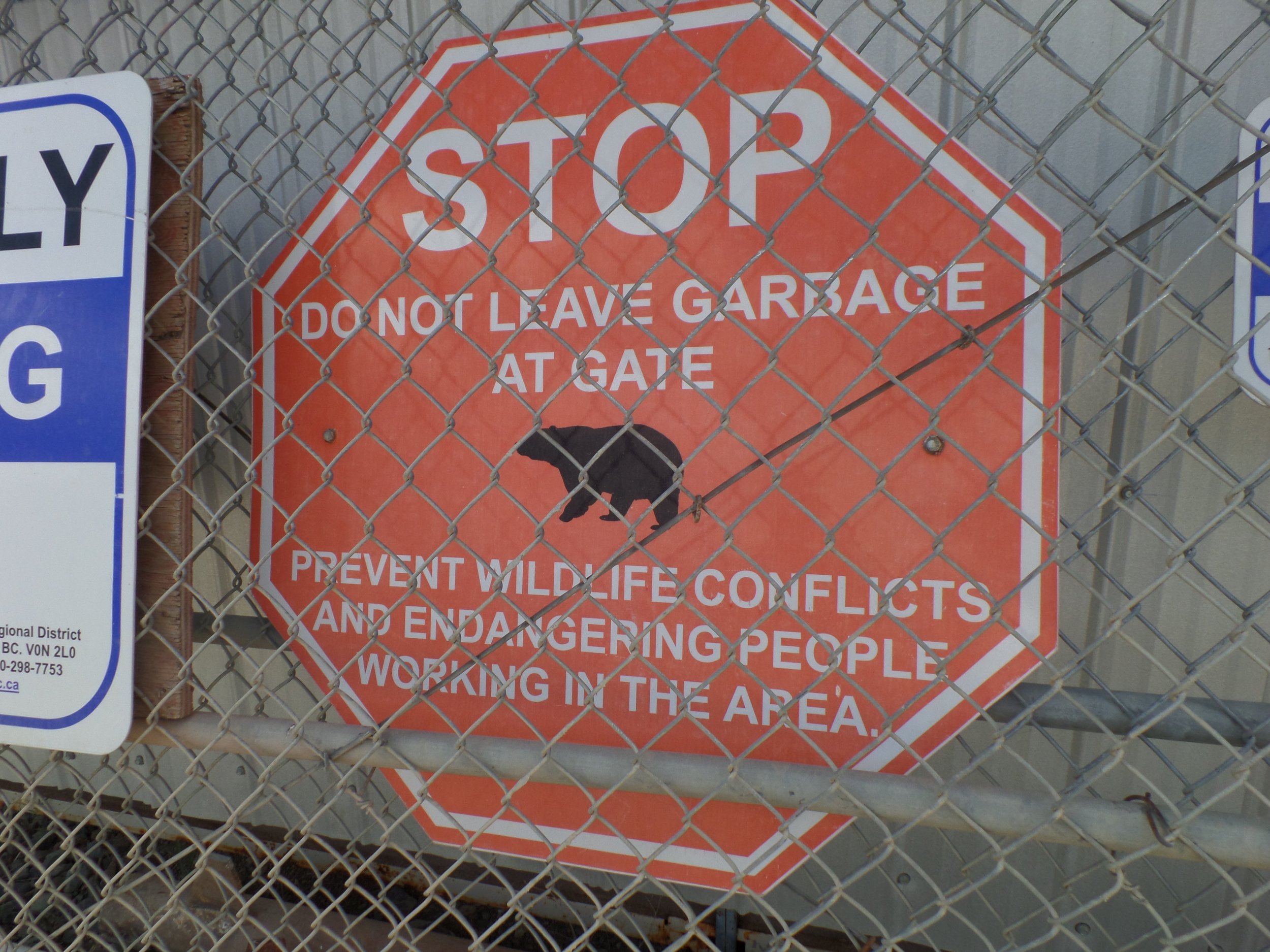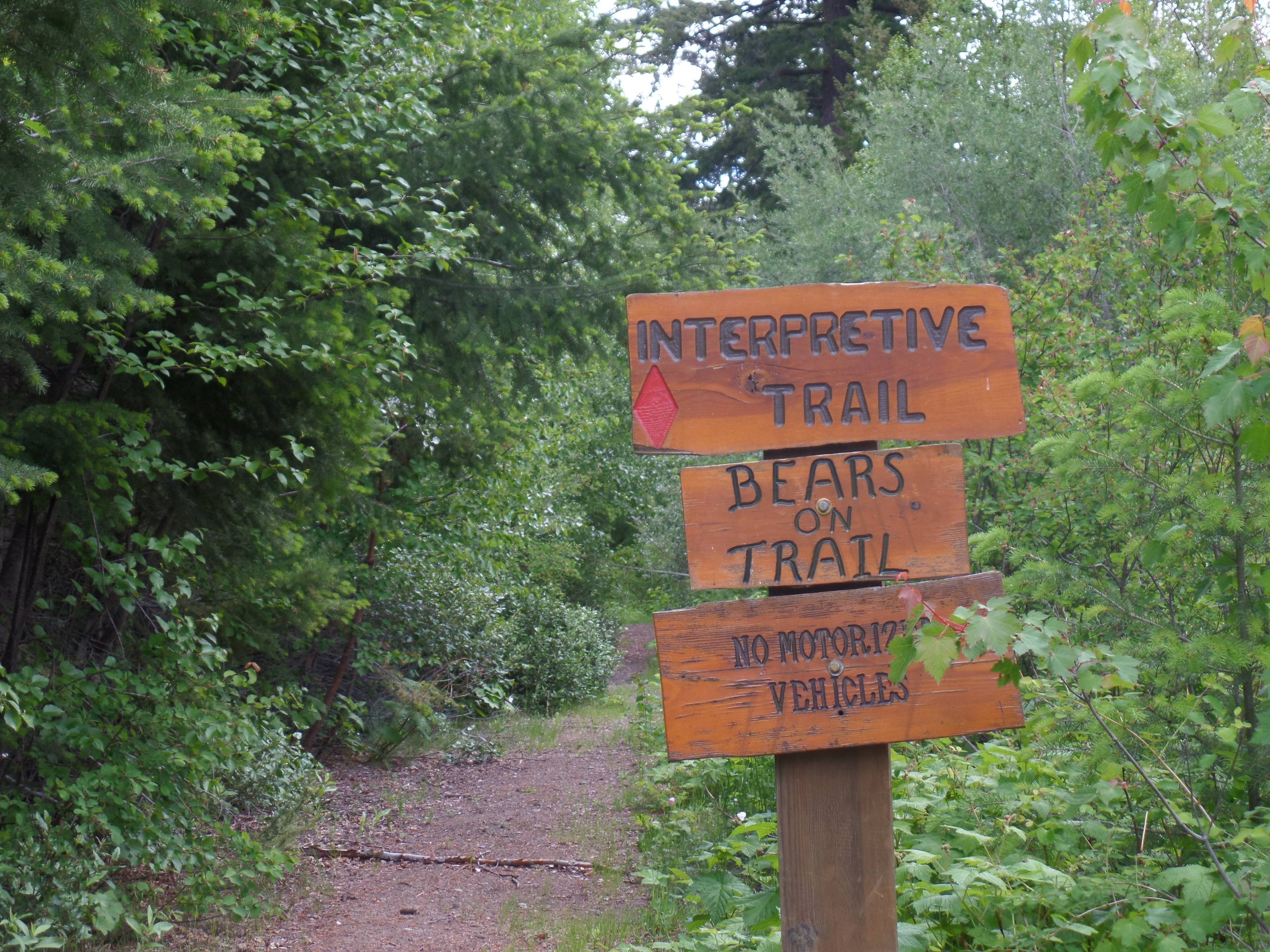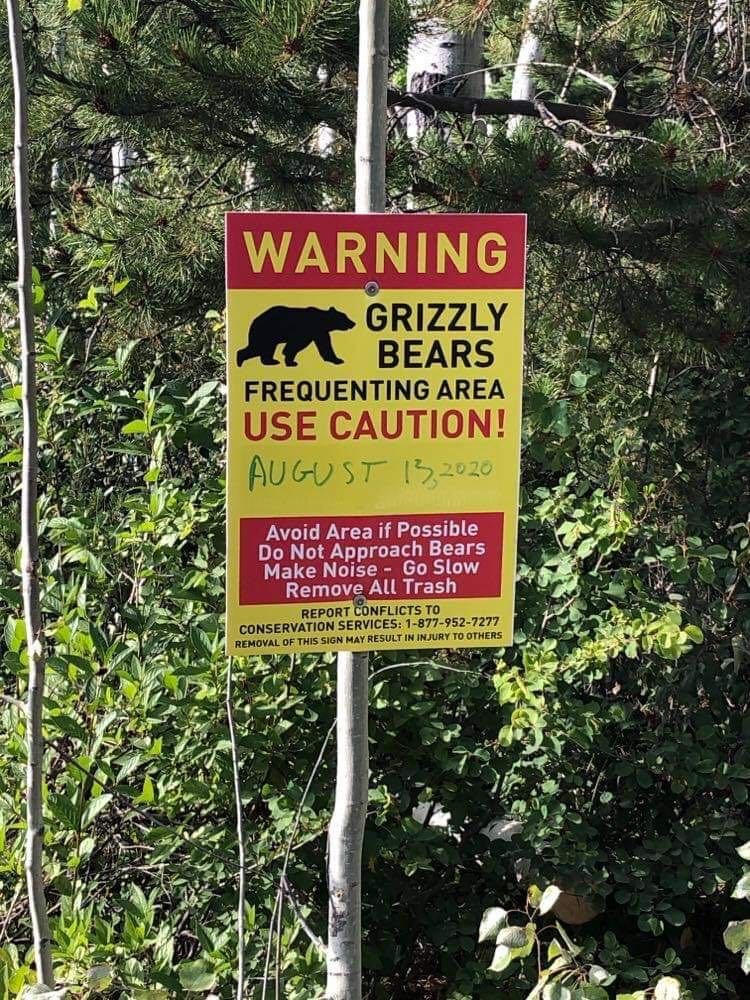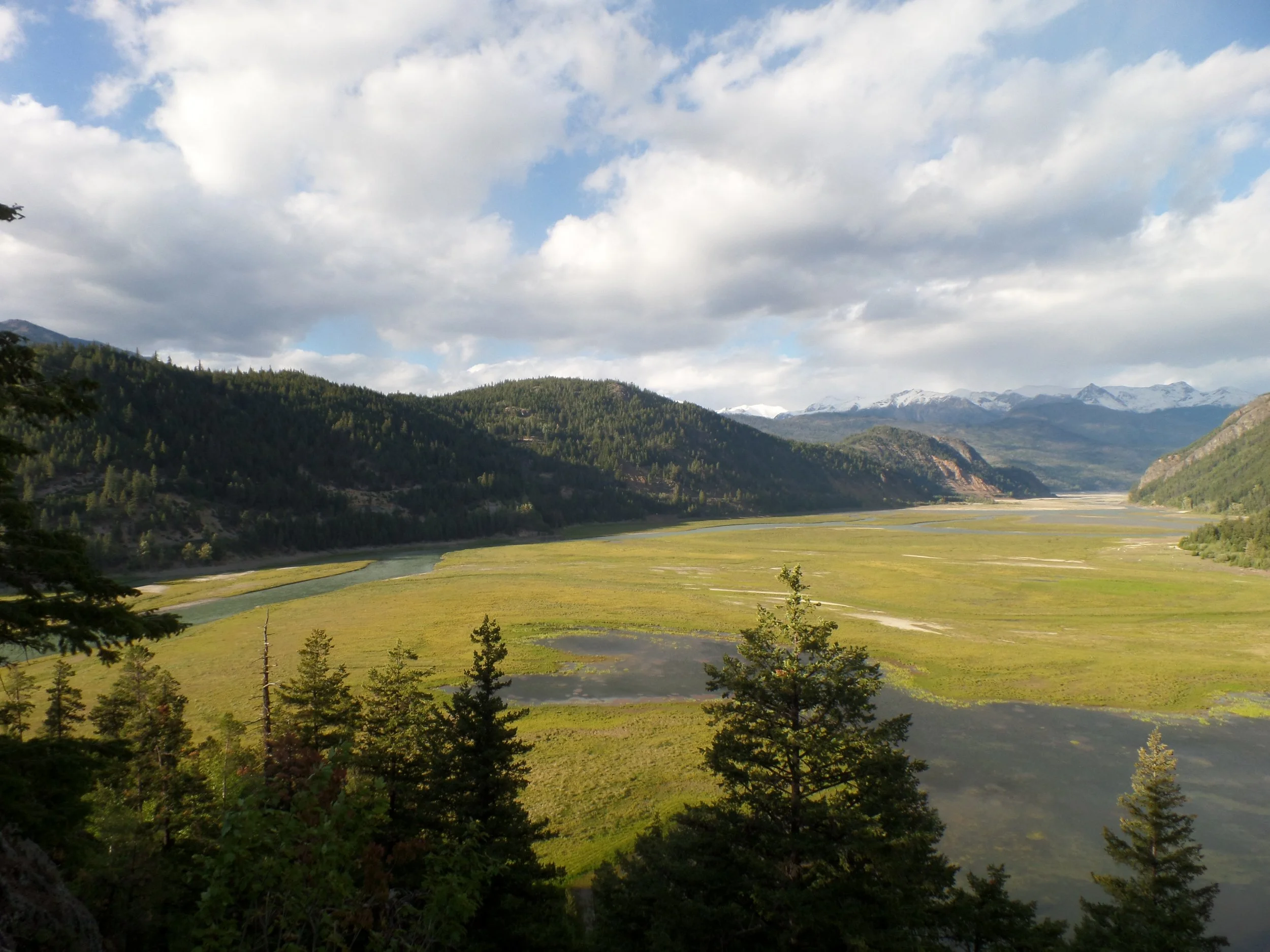Coexistence with wildlife is possible, and necessary, if we are to share the landscape.
Grizzly Bear Initiatives
for Recovery
The Coast to Cascades Grizzly Bear Initiative (C2C) is a non-profit, non-Government organization. Through grant funding and the generous support of donors, we can continue the work of protecting and restoring threatened Grizzly Bear populations of southwest British Columbia.
We are thankful for the partnerships and collaborations to see recovery initiatives come to life in the areas of Coexistence, Connectivity, Education, Habitat Stewardship, and Policy.
We will continue to share the initiatives we’re working on.
Electric Fence Cost-Share Program
2025— Electric fencing is a proven tool to secure a variety of bear attractants. This measure allows for protection and safety of both humans and bears.
In collaboration with Margo Supplies Ltd., C2C is continuing an Electric Fence Cost-Share program. The goal is to assist more Communities in adopting electric fencing as a Human - Bear coexistence solution.
The program will cover 50% of the cost of materials (to a capped amount).
Approved materials include: energizers, grounding equipment, insulators, wires etc but does not include wooden fence posts or farm fencing.
Priority locations are identified grizzly bear connectivity zones and high conflict areas.
For more information and the guidelines about this program, email us at: Sonia@COASTtoCASCADES.org
Program History:
The Pemberton Meadows and the Portage road are within the fracture of threatened Grizzly Bear Population Units- the South Chilcotin Ranges, the Squamish Lillooet, and the Critically Threatened Stein Nahatlatch.
These fractures zones are in the Traditional Territory of the Lil’wat, N’Quatqua and the St’át’imc Nation.
In the Meadows, generations of farmers continue to grow assorted vegetable crops, including potatoes and carrots, as well as raising cattle and other livestock. Historically, grizzly bears were more common in the Pemberton Meadows. Today, the populations are recovering, furthering the need for coexistence measures that protect grizzly bears, the residents, and their livelihood.


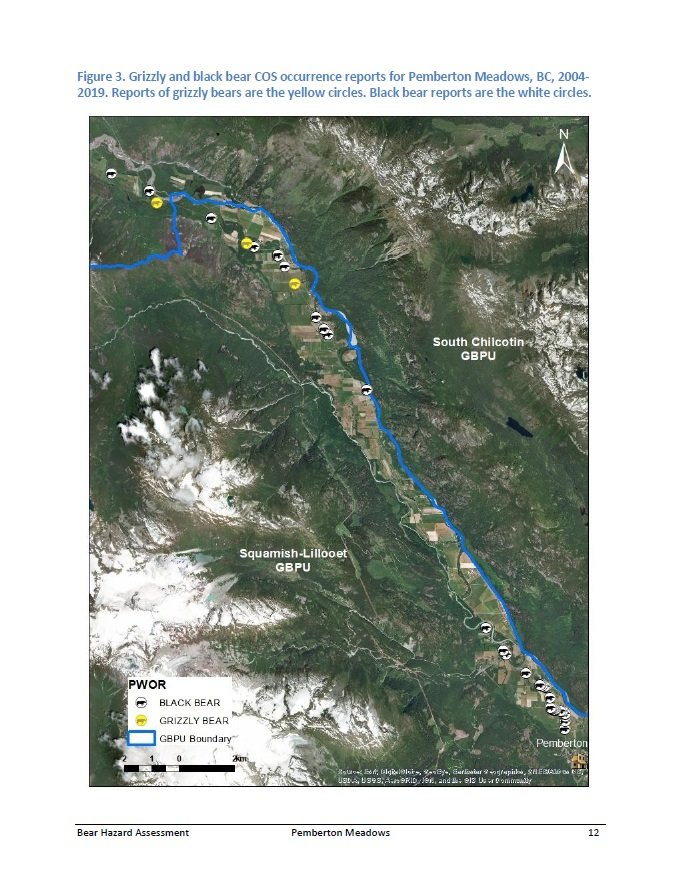
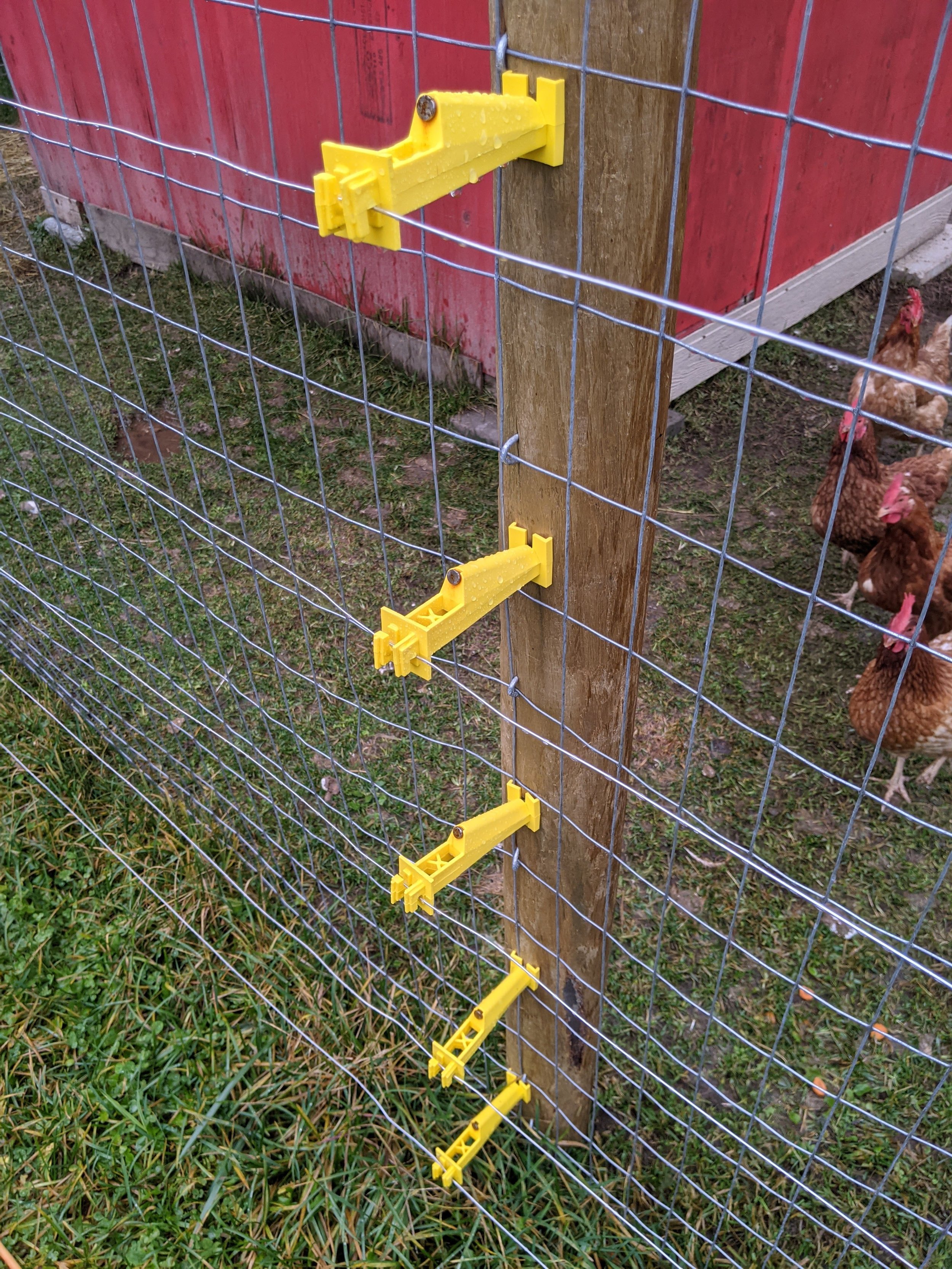

In 2019 & 2020, C2C commissioned a Portage Road Bear Hazard Assessment (BHA) and a Pemberton Meadows Bear Hazard Assessment (BHA), on contract with IUCN Human-Bear Conflicts Expert Dr. Lana Ciarniello. The BHA’s provide recommendations and actions for grizzly bear connectivity and management strategies to reduce human-bear conflict. Electric Fencing was advised for the variety of attractants in the fractured zones.
2021- the first Electric Fence Cost-Share Program secured a a trout hatchery, and in collaboration with WildSafeBC, a chicken coop.
2022- in collaboration with the Grizzly Bear Foundation, the cost-share program expanded, supporting large-scale fencing.
7 fences were installed, protecting carrots, bees, gardens, orchards, sheep, pigs and more chickens!
2023- in collaboration with Margo Supplies ltd., an additional 4 fences were installed bringing the total area fenced, over 20 acres!
2024- 4 more fences were installed, totally over $20,000 C2C has contributed in material costs!
Thank you to everyone who has participated in the program!
“ Pemberton Meadows Pro-Active Solutions for Grizzly Bear-Agriculture Coexistence” pamphlet:
What is a Bear Attractant?
Managing Agricultural Bear Attractants checklist
Aversive Conditioning Pilot Program- Pemberton Meadows
October, 2024
Coast to Cascades Grizzly Bear Initiative (C2C) has received permit approval for a first-of-its-kind Aversive Conditioning Pilot Initiative, in the Pemberton Meadows. The project aims to teach grizzly bears to avoid human-specific areas, enhancing safety for both residents and wildlife, especially given the comfort level of some grizzly bears in the Meadows.
As an non-government organization (NGO), C2C has been working very hard behind the scenes to push for more support and proactive solutions for communities and coexistence in grizzly bear fracture zones. Hazing grizzly bears requires government permits and we underwent an extensive process to gain the required approvals. This will be the first pilot program of its kind on Provincial Lands.
Project Objectives: To establish NO-GO zones around human structures from which the grizzly bears are actively excluded using hazing techniques, fall until hibernation.
Operations:
As the bears are not radio-collared, we rely on real-time reports from residents to track them. We then respond as fast as we can during daylight hours to haze bears with certain levels of force (chalk balls, HV stars, rubber bullets), depending on the context of each situation.
This will be done in cooperation with willing residents who welcome support and will comply with managing human-bear interactions.
We aim to:
Identify the potential causes of human-bear conflict , on a case-by-case basis;
Work with residents to restrict bear access to attractants within farms and near residences;
Teach bears that frequent PM area habitats about ‘no-go zones’ - areas where their presence is unacceptable using consistent Aversive Conditioning (AC) methods.
Any concerning escalation in conflict behavior by subadults (or any other grizzly bears) will result in the immediate suspension of operations and prompt reporting to the COS.
Bear Response Specialist, Sonia Nicholl.
Sonia is an expert on aversive conditioning and has been contracted to lead the on-the-ground work as the “Bear Response Specialist”. Working as a Human-Wildlife Conflict Officer for Parks Canada for the past 10 years, Sonia is relocating to the Meadows for pilot project duration. We welcome her expertise and experience!
Dr. Lana Ciarniello, a leading expert in grizzly bear behaviour and conflict management, will oversee this program, leveraging her PhD, RPBio credentials, and roles as co-chair of the IUCN SSC Bear Specialist Group Human-Bear Conflict, Expert Team and member of the North American Bear Expert Team.
If the Grizzlies are on your property, immediately call the
“Bear Response Specialist”
1-250-344-0115
Report to the Conservation Officer Services (COS): If Grizzlies are accessing human-food sources, especially in the evening when the Bear Response Specialist cannot attend
‘Aversive conditioning’: A structured program in which deterrents (e.g., rubber bullets, noisemakers, beanbag rounds (etc.)) are continually and consistently used on a bear over an identified period of time to modify undesirable behaviour by pairing it with pain or an unpleasant stimulus. See Hazing.
‘Hazing’: A technique where deterrents (e.g., rubber bullets, noisemakers, beanbag rounds (etc.)) are administered to a bear to immediately move the bear out of an area or discourage undesirable behaviour. It is a one-time action. See Aversive Conditioning.
‘Attractant’: Anything with an odour that may attract a bear into an area in search of a potential food source (e.g., human or pet food, garbage, carrion, fruit trees, toiletries, recyclables) (Parks Canada: www://parks.canada.ca/pn-np/mtn/ours-bears/gestion-management/glossaire-glossary)
Why can’t the bears just be moved?
Removing bears only perpetuates the problem as other bears will eventually replace ones removed, continuing the conflict. This creates a cycle where the symptom (bear presence) is addressed through removal, but the cause (attractants or boundary-setting) remains, leading to repeat occurrences of the problem. We have reached this stage of recovery in the PM with limited time to correct the subadult’s behaviour before escalation may result in their destruction.
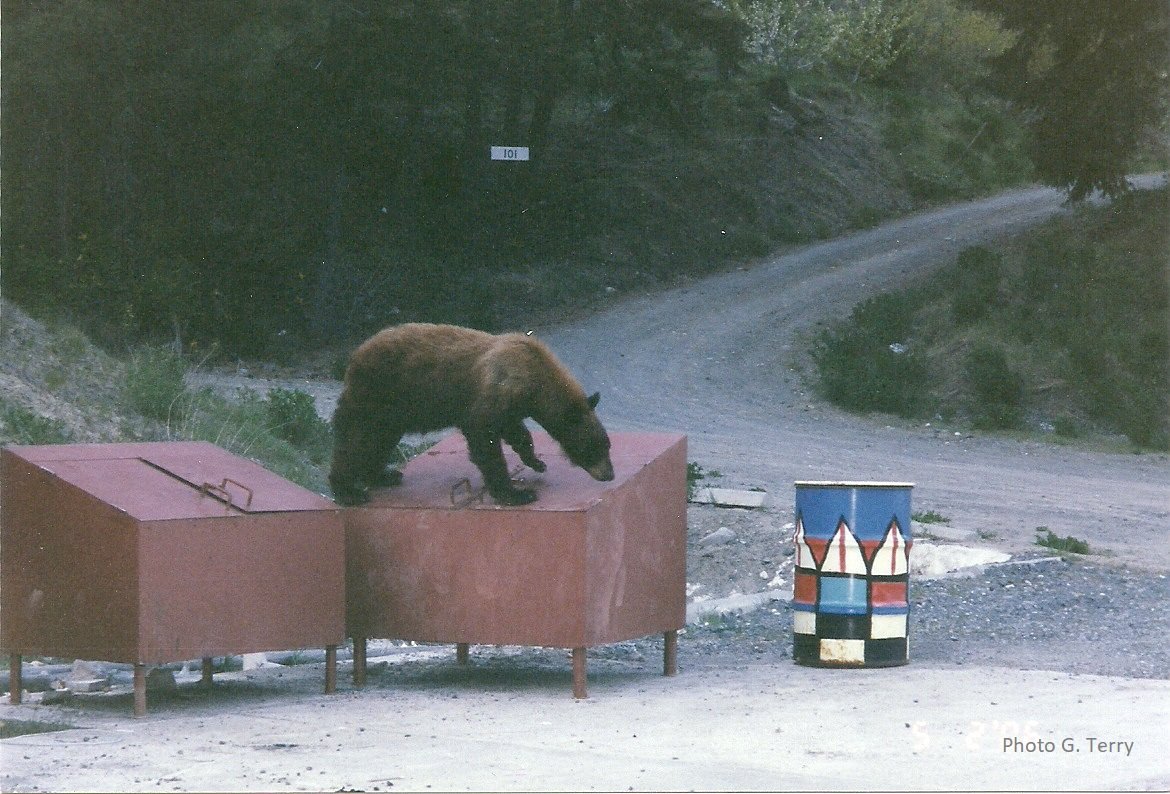
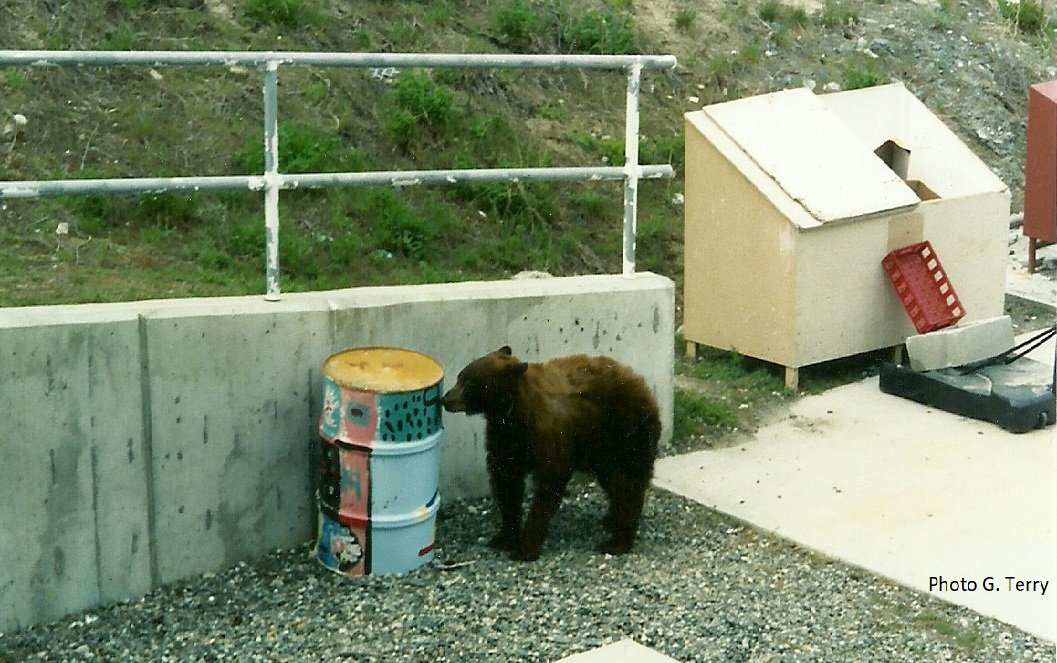
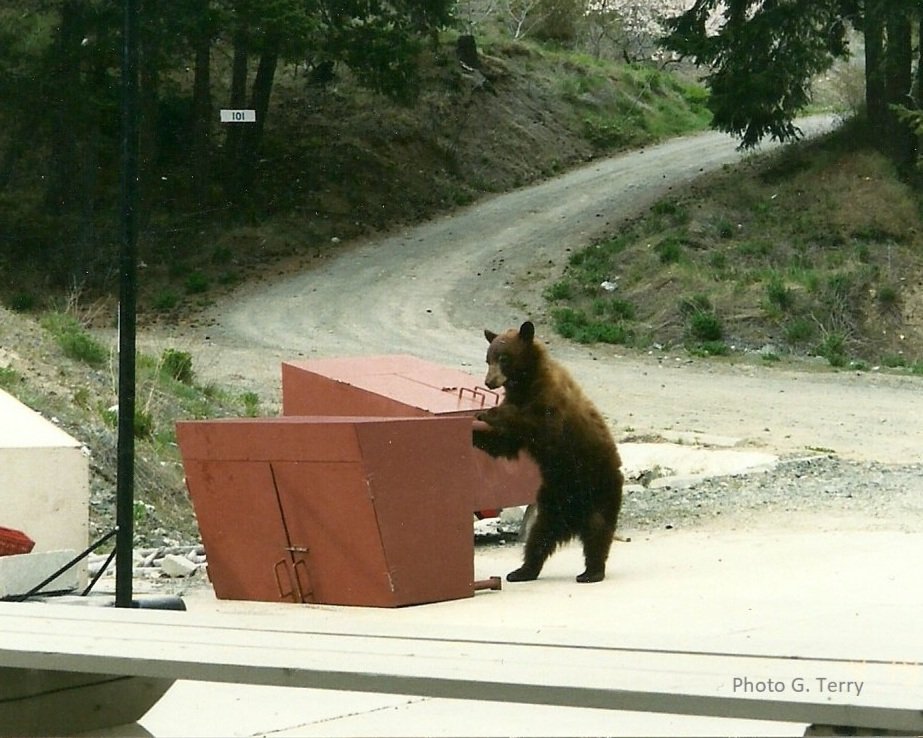

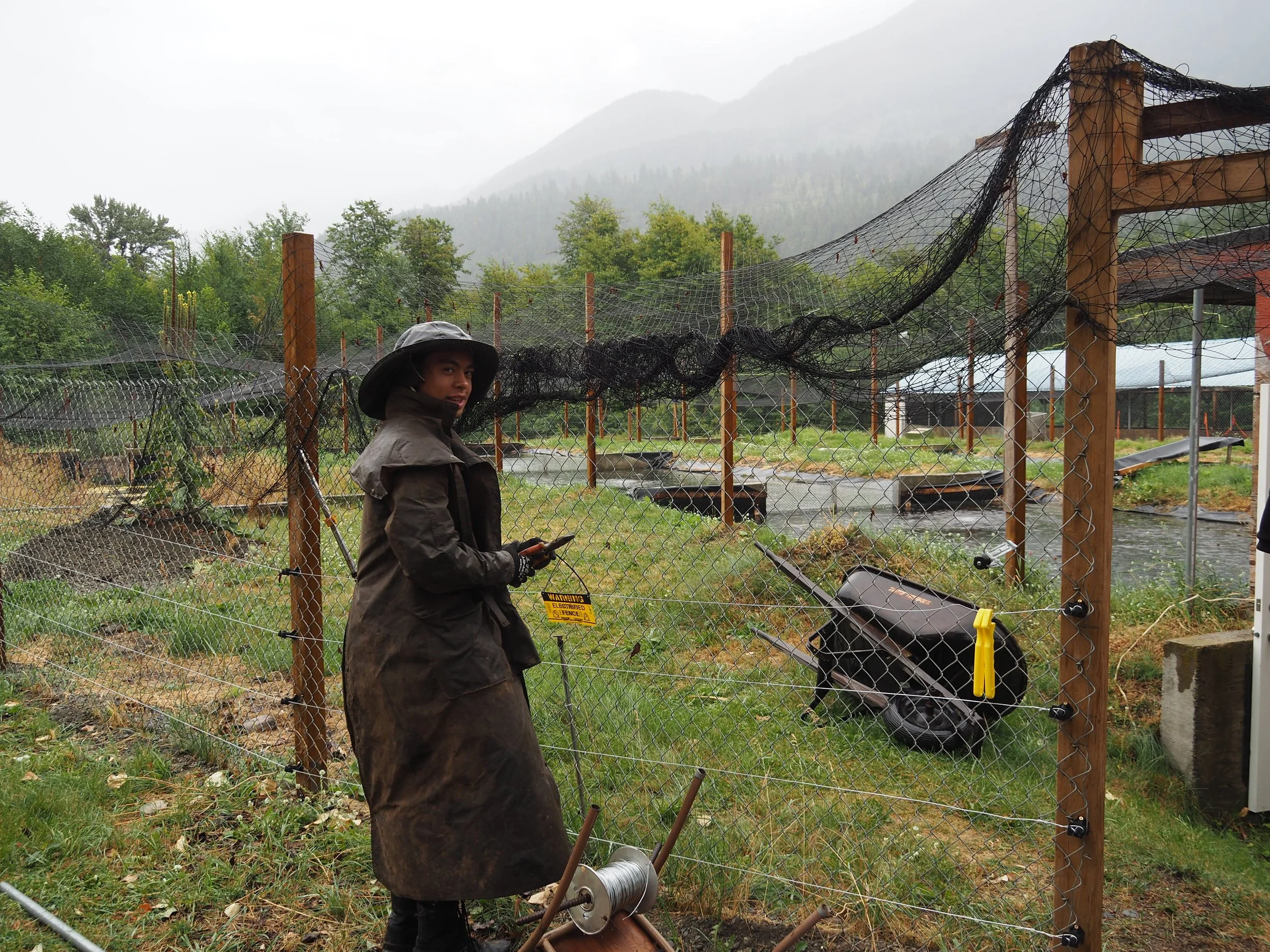

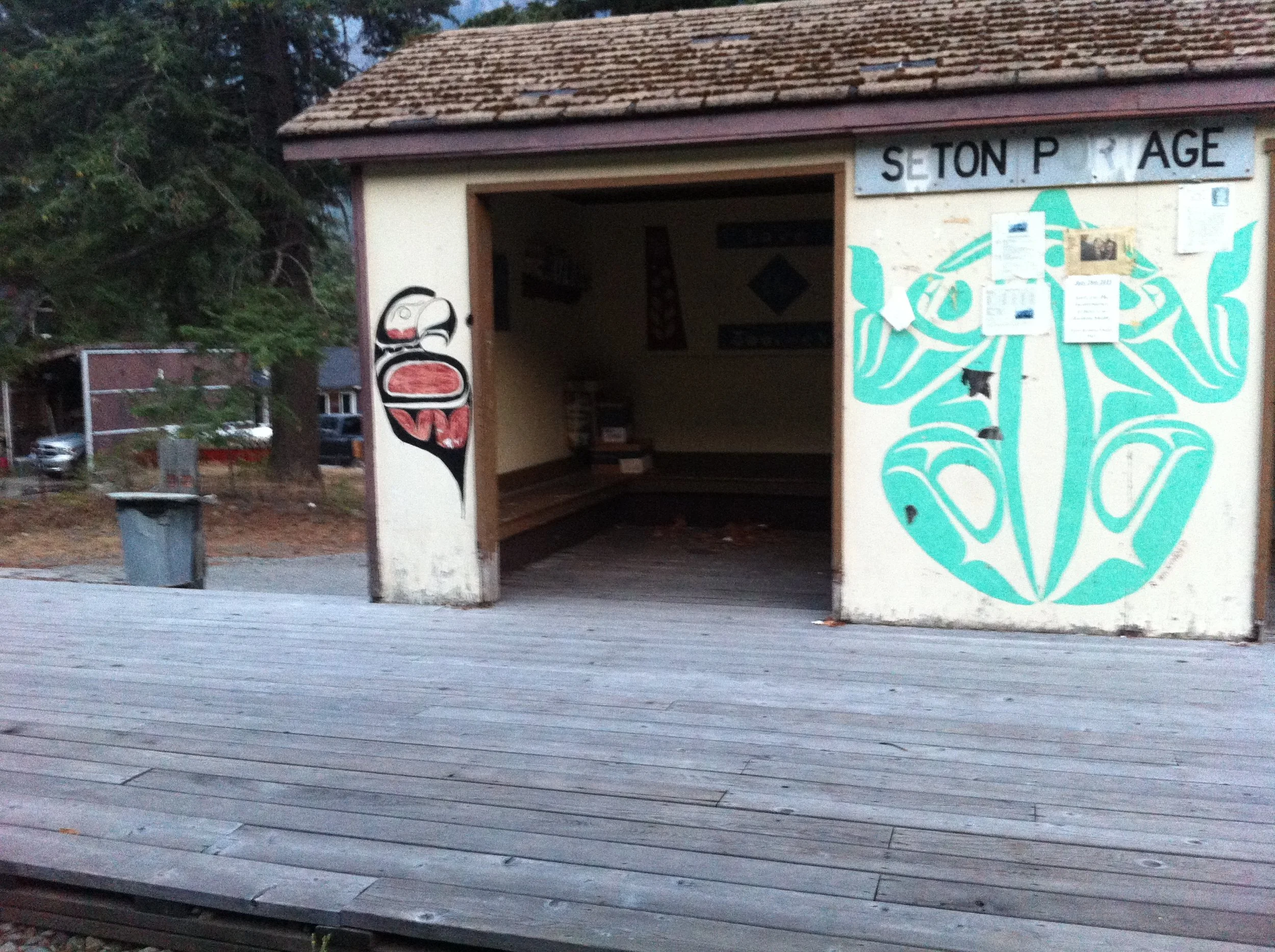
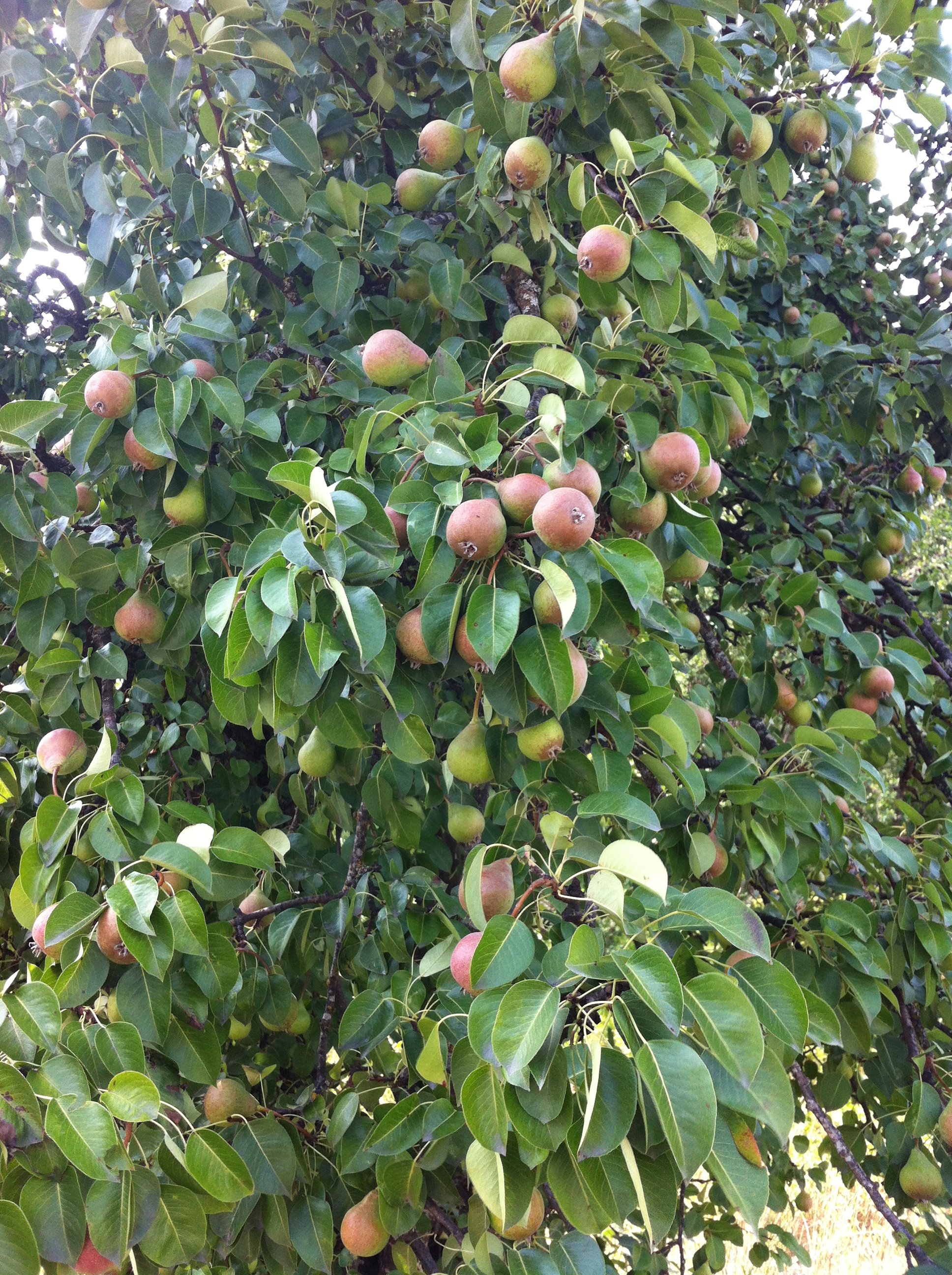
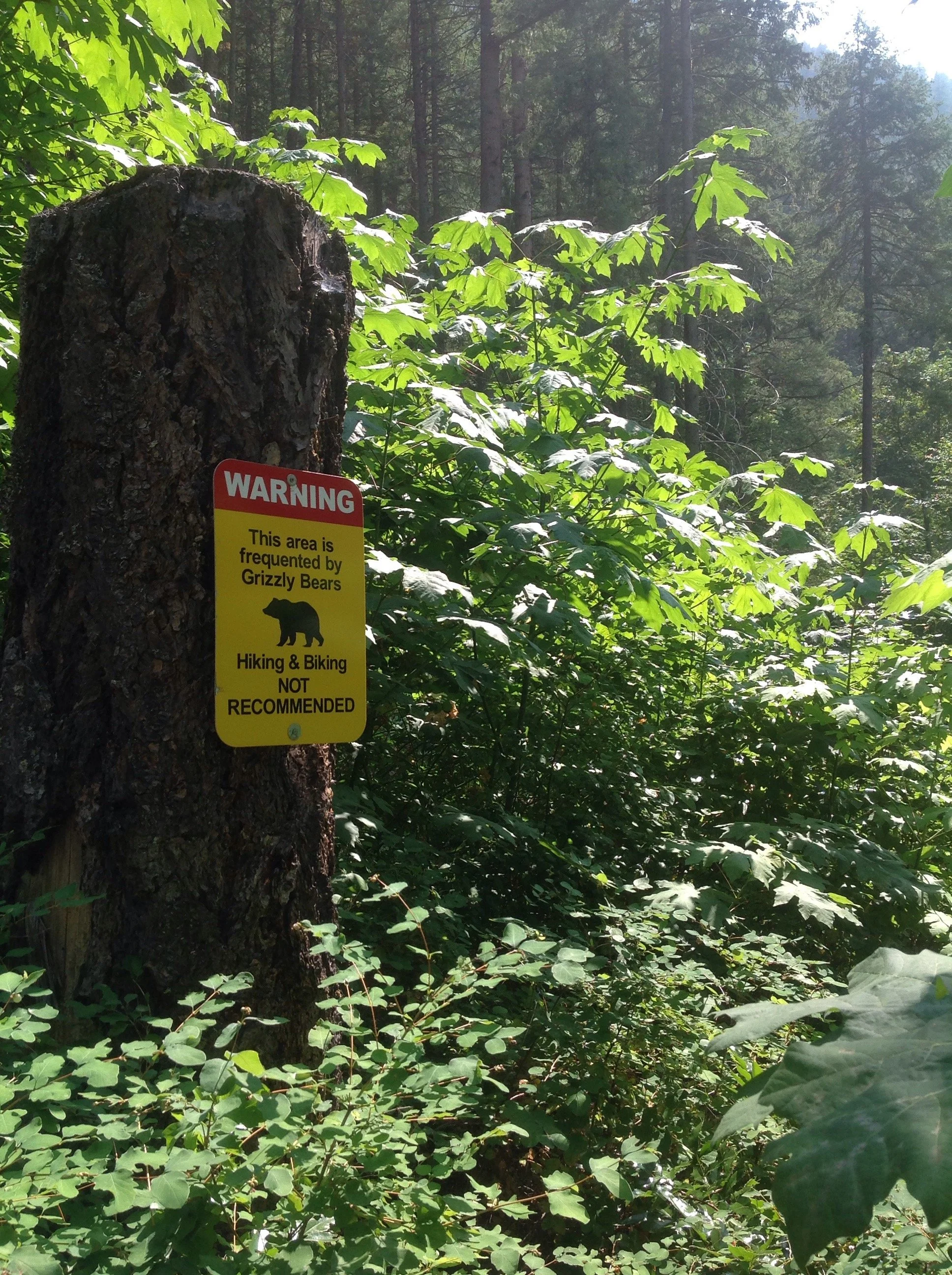

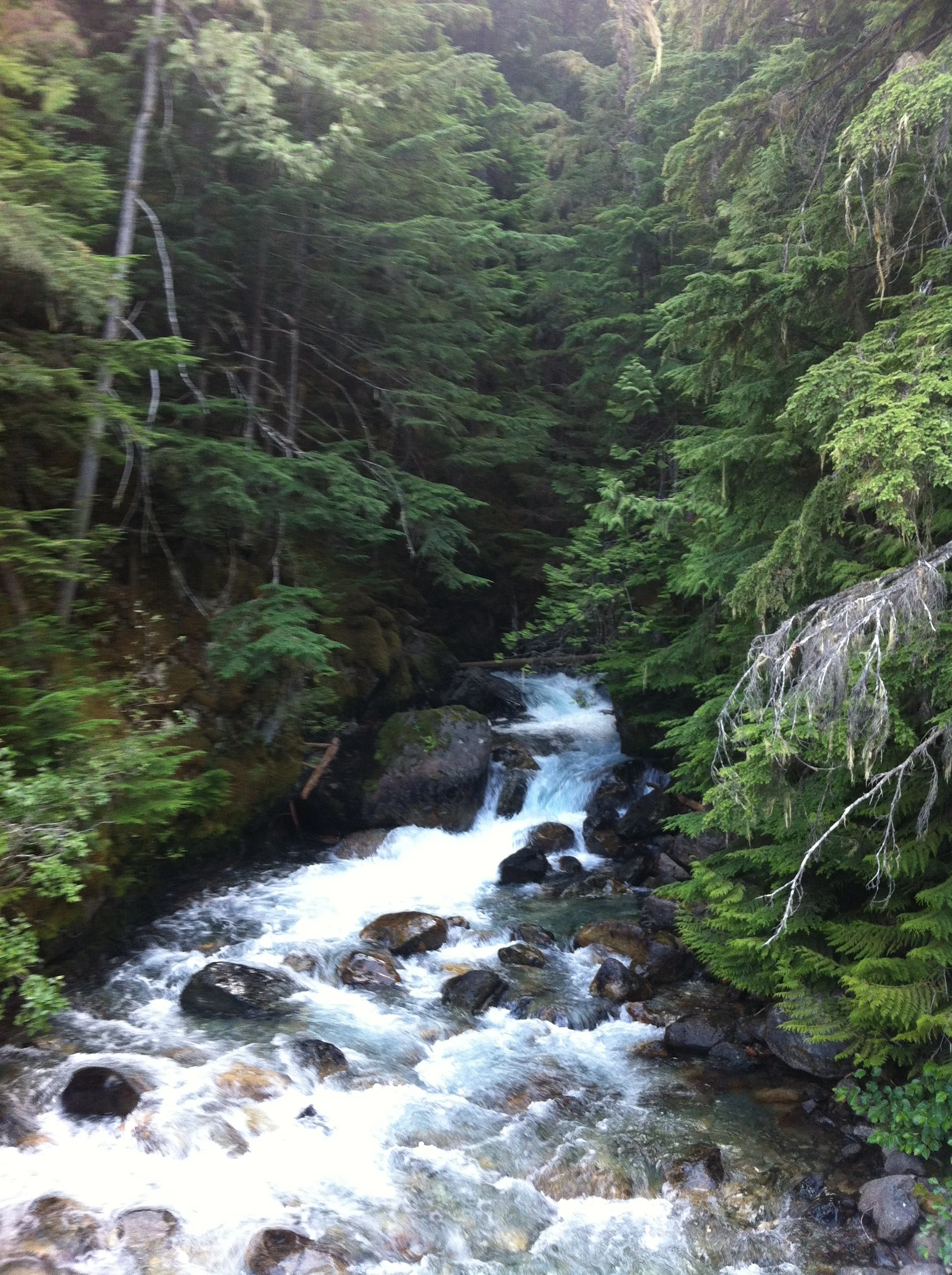
Bear Hazard Assessment for Mount Currie, D’Arcy, and Seton Portage.
Portage-Highline Road Fracture ‘A’ corridor
2019 — The Portage- Highline road between the First Nation communities of Lil’wat (Mount Currie), N’Quatqua (D’Arcy), and Tsal’alh (Seton Portage), acts as a fracture zone between two grizzly bear population units; the Critically Endangered Stein-Nahatlatch and the Threatened South Chilcotin Ranges.
Dr Lana Ciarnello conducted a Bear Hazard Assessment (BHA) with all 3 communities. The objectives of the BHA are to reduce current and potential human-grizzly bear conflicts and facilitate greater habitat permeability between grizzly bear population units. The three main goals are:
1) To maximize resident safety by identifying and providing ways the communities may manage for potential areas and causes of human-bear conflict.
2) To determine how best to manage the Portage-Highline Fracture Zone to allow bears to securely move through the landscape and find seasonally important foods; and,
3) To increase the connection between the two threatened grizzly populations.
In 2020, Saqa7 Thevarge from N’Quatqua, was contracted to begin implementation of the BHA recommendations in his home community. Through his efforts a garbage bin locking initiative continues and the entire commercial trout hatchery was electric fenced.
Upper Bridge River Valley Bear Hazard Assessment and Human-Bear Conflict Management Plan.
2019— C2C commissioned a Bear Hazard Assessment (BHA), in the communities of Gold Bridge, Tyaughton Lake, Marshall Lake, and along Gun Creek Road, within the Threatened South Chilcotin Ranges grizzly bear population unit. The Upper Bridge River Valley falls within the Traditional Territory of the St’át’imc Nation. Wildlife Biologist Grant MacHutchon conducted the BHA.
The goal of the BHA was to identify general or specific hazards that increase the risk of negative human-bear interaction. Recommendations were provided for the management of these hazards to reduce the relative risk to people and bears.
In 2020, Ken Walker, a local resident was hired on a 2-year contract to implement the BHA recommendations. Ken has been busy providing bear education and resources to locals and tourists on respectful stewardship for the lands and our Ursidae (bear) neighbors. Ken is also the current Bridge River Valley Bear Working Group Chair.
